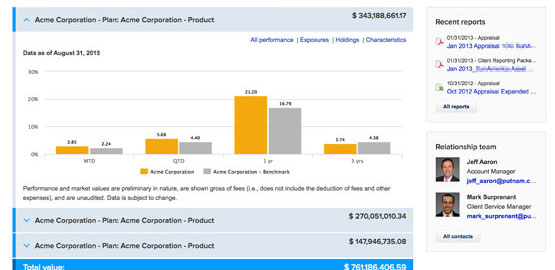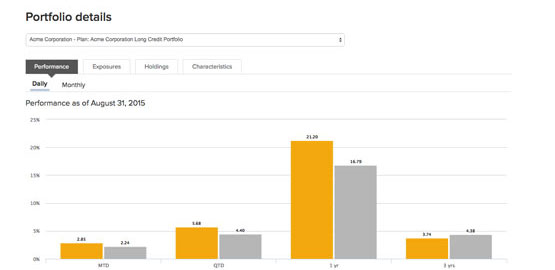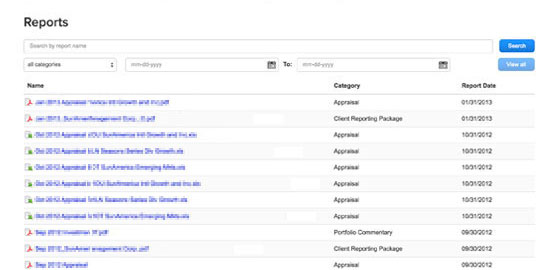- Oil prices are rising against a mixed economic backdrop and vaccine rollouts.
- OPEC+ will be the key determinant for near-term prices as the outlook for demand improves.
- On the supply side, one of the risks is the lifting of sanctions on Iranian crude.
In January, a month of shaky risk appetite and U.S. dollar strength, oil prices rallied. Crude's outperformance was largely driven by greater output restraint by the Organization of the Petroleum Exporting Countries (OPEC) — particularly Saudi Arabia — and its allies.
The Covid-19 pandemic had sapped demand for oil in early 2020, hitting prices. Brent-crude futures, the benchmark in energy markets, have risen more than 50% since the end of October 2020 and approached $60 a barrel in early February. Futures for West Texas Intermediate (WTI), the U.S. benchmark, surpassed $55 a barrel for the first time in over a year.
OPEC+ and near-term demand
On the demand side — despite growing restrictions on economic activity in Western markets — colder than expected weather in Asia and parts of Europe has so far boosted demand for oil. Global inventory levels have continued to decline since peaking in May and June 2020. The fall in inventories is largely down due to efforts by OPEC and its allies, led by Russia, to curb production.
As vaccinations continue, the key uncertainty on the demand side has shifted from demand levels to the pace of economic growth. Demand for oil is likely to improve over the near-term even with most of Europe remaining in lockdown and as cases and hospitalization numbers decline in the United States. Only China poses a risk to demand, as travel restrictions ahead of the Lunar New Year curbed oil use. Still, Chinese demand should remain resilient this year compared with 2020.
As vaccinations continue, the key uncertainty on the demand side has shifted from demand levels to the pace of growth.
Going forward — assuming vaccines remain effective against the new virus strains — rising demand thanks to a drop in global Covid-19 cases and vaccine rollouts should comfortably outweigh near-term China risks. Since the outlook for demand is improving, OPEC+ will be the key determinant for near-term price direction. Saudi Arabia was the only country willing to cut production at the OPEC meeting in January. But as the demand improves, it may be less inclined to lower output.
Looking to U.S. shale and Iran for clues
Saudi Arabia's desire to keep oil prices relatively elevated is partly based on their expectations for U.S. shale production. The Saudis believe shale output will remain constrained in 2021 amid minimal capital spending. It may feel different when WTI remains at or above $60 a barrel for a while. As demand growth accelerates in the second half of this year and WTI prices breach $60 per barrel for a period of time, the number of rigs searching for crude in shale fields can start picking up. The rig counts have already increased, but they are mostly replacing rig retirements. Recent shale production is, in fact, slightly down. We are likely to see the shale's impact on oil prices in 2022.
In late January, the Biden administration imposed a 60-day suspension on new oil and gas leasing and drilling permits for U.S. lands and waters. This is a temporary order, and producers can obtain permits for private land, which accounts for about 78% of total U.S. production. But many producers had accumulated federal drilling permits ahead of the presidential elections. Some shale producers have permits for the next four years, in our view. Therefore, the suspension will not affect near-term activity, and have only a marginal effect over the medium term.
Also, on the supply side, one of the other risks is crude from Iran. We don't expect serious negotiations between the United States and Iran on the lifting of sanctions until after Iran's elections in May and the swearing in of a new government in August. In early February, President Biden said the United States won't make the first move to restart talks with Tehran over the 2015 nuclear accord. There appears to be no urgency to lift all of the Trump-era restrictions.
Beyond $60 a barrel?
If life normalizes in most of the world by the second half of 2022, demand will fully recover. If the global oil inventory drawdown continues despite a supply increase by OPEC+, U.S. shale producers will join the club, limiting the price increases beyond $60 a barrel. However, this is more of a 2022 story. Similar to economic projections, this base case scenario comes with higher-than-usual uncertainty because it is difficult to predict the pandemic-related structural changes in the economy and their impact on oil demand.
325096











